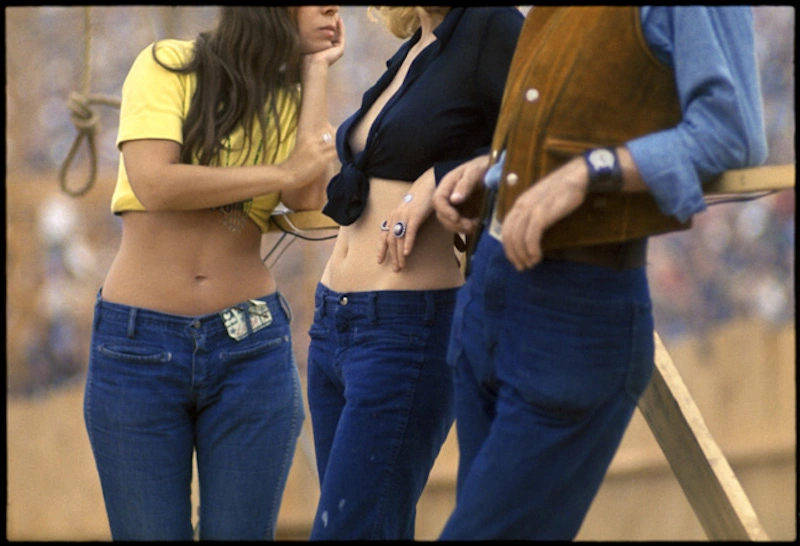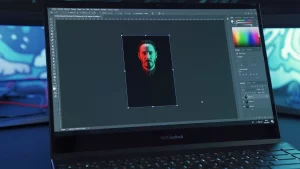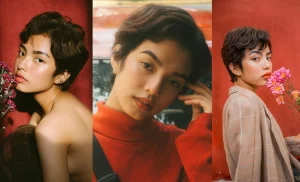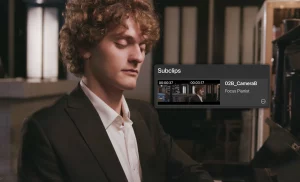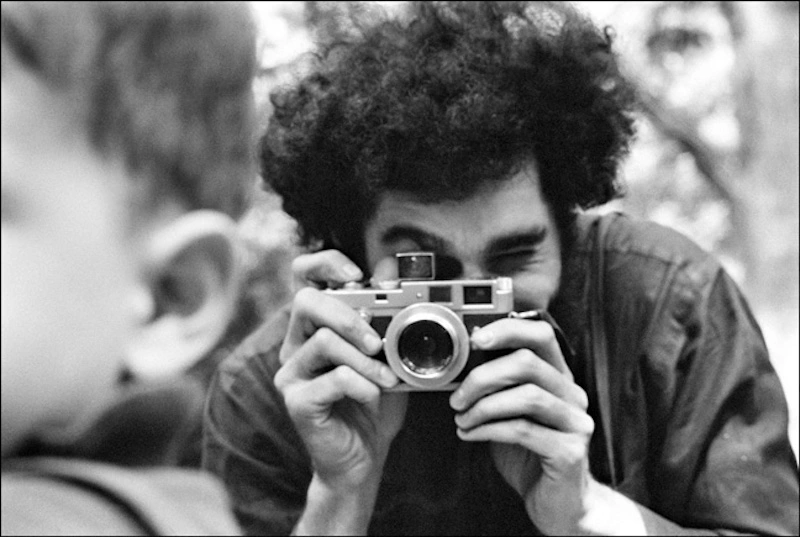
You captured the essence of underground music culture and the anti-Vietnam War movement of the 1960s. Yet you've said you were never a fan. What inspired you to photograph this era?
Well, during that time, the Vietnam War was going on, and I felt a strong desire to do something to stop the war. My initial thought was to go to Vietnam and capture the horrors of war through photography. However, I soon realized that I didn’t want to put myself in harm’s way. I didn’t want to be shot at or killed. So I shifted my focus to the anti-war demonstrations happening in New York City. These demonstrations were not receiving significant coverage in mainstream newspapers like The New York Times.
I started taking photographs at these demonstrations and obtained a press pass from underground newspapers that were run by young people who were against the war and covered alternative culture, music, and art. Unlike the mainstream media, these underground newspapers were interested in reporting on these events. So, I began my journey as a photographer by documenting these demonstrations and capturing the spirit of the underground music culture.
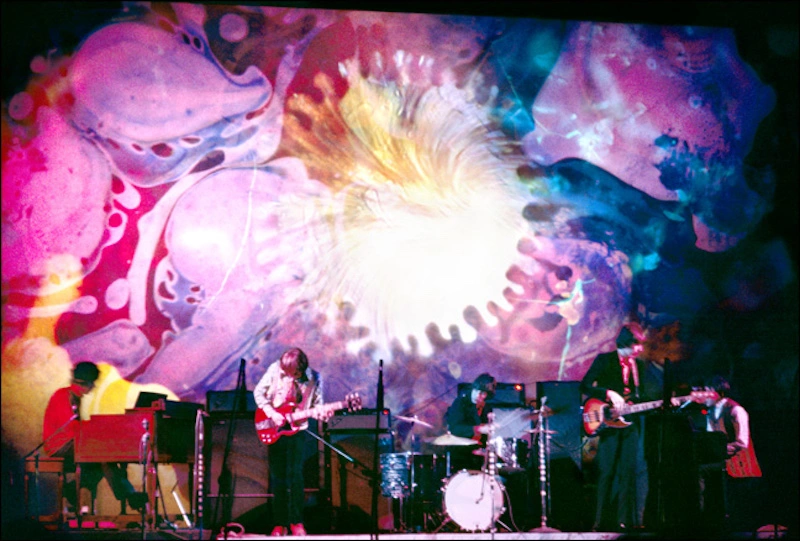
One evening, as I was walking in the East Village of New York City, I stumbled upon a theater marquee that read “Country Joe and the Fish.” Intrigued, I approached the box office to inquire about it. Inside the theater, I was captivated by the incredible, vibrant music emanating from the stage. The concert was a visually and audibly stunning experience, with colorful lights and moving forms accompanying the music. It was a holistic sensory experience, and I was compelled to photograph it.
This led me to photograph other concerts, such as Big Brother and the Holding Company with Janis Joplin. Most of the people attending these concerts were against the war and sought to live life authentically. Marijuana was seen as a way of expanding one’s perception and thinking differently. The mainstream education system primarily focused on war history, lacking teachings on love, consciousness, and organic ways of living. The rock and roll scene represented a different culture, one that embraced freedom of expression, including sexual liberation and embracing love.
Photographing these concerts and musicians was my way of promoting this new way of thinking and being. I aimed to show people that there were alternative perspectives and ways of living beyond the mainstream culture. My intention was to make the world a better place by highlighting the beauty and positivity of this cultural movement.
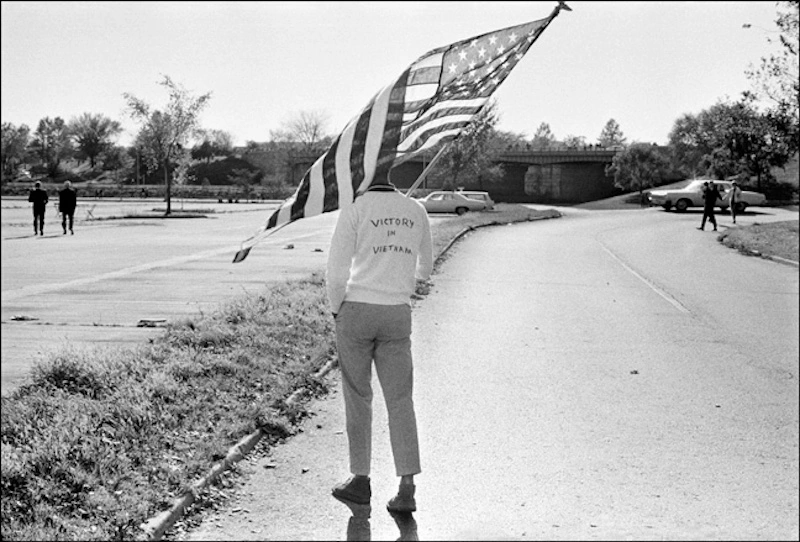
How do you believe photography can serve as a powerful tool for social commentary and capturing significant cultural moments?
Well, the first thing that comes to my mind is that as human beings, we behave based on how we feel inside. Our inner vibration shapes our actions and interpretations of life. For example, if someone purposefully bumps into you on the street, you can choose to react with anger or let it go and move on. It’s about not wanting to buy into negativity or hold onto tension and unease. Our inner state affects our overall well-being, and maintaining a positive, happy, and smiley vibration inside is crucial.
Photography, along with other forms of art, has the power to capture and convey these inner vibrations. A good photographer can translate their feelings into pictures, just as writers and artists express their inner states through their work. When you engage with photography or any form of art, you are exposed to a particular feeling space. It becomes like inner food for the soul, influencing and changing you in a similar way that food affects your body.
Do you like Elliott's interview?

Photography can act as a catalyst for personal transformation. It provides a ladder to being different, allowing individuals to choose whether they want to embrace the emotions and perspectives conveyed through the images. It doesn’t force change upon you but offers an opportunity to explore new ways of being and seeing.
So, photography has the potential to serve as a powerful tool for social commentary and cultural documentation by capturing and sharing the inner vibrations and perspectives of the photographer. It allows viewers to engage with these emotions, thoughts, and experiences, and potentially be inspired to see the world from a different lens.
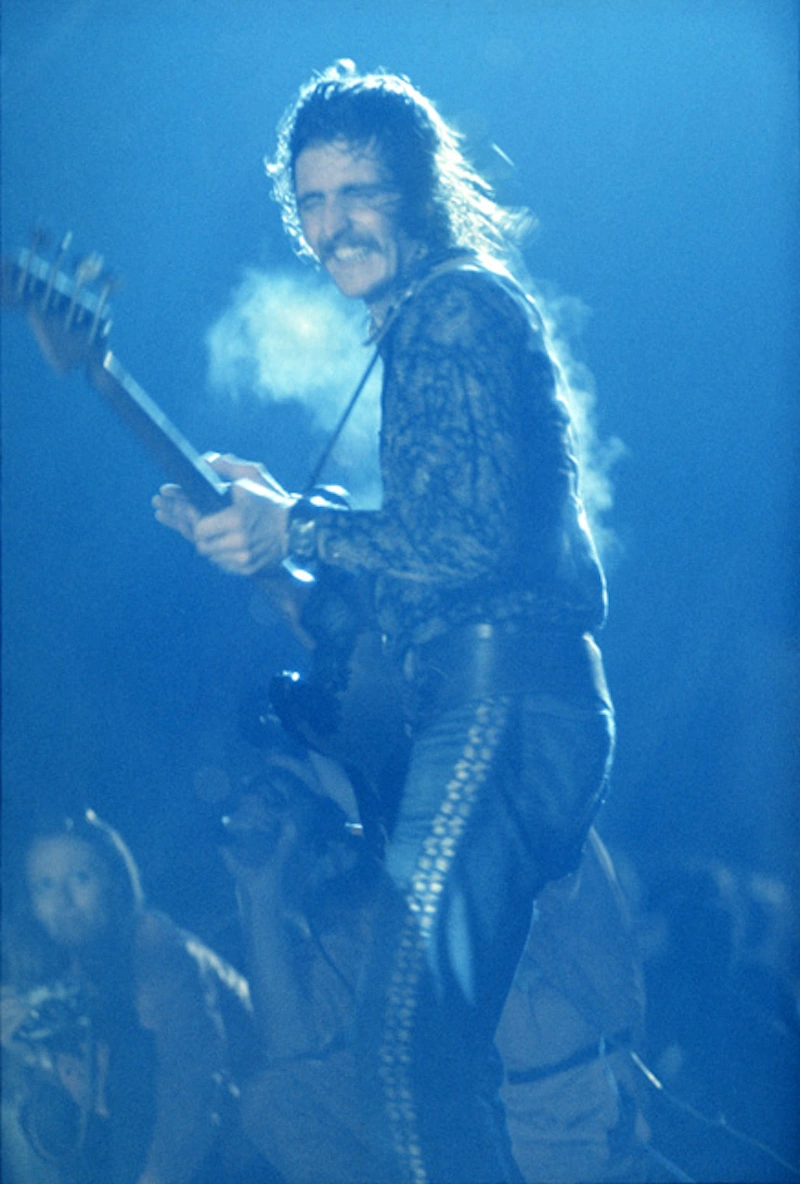
How did you approach translating the energy and emotion of musicians' performances, such as Bob Dylan, Frank Zappa and The Band, into your photographs?
I didn’t even think about it. I didn’t have to consciously approach it. When I take photographs, I simply do what I feel like doing. It’s almost as if I’m not even there in a way. This brings up an interesting point to delve deeper into. When I photograph, I follow my instincts and capture what I find visually appealing. I don’t overthink it. That’s one of the reasons why I didn’t enjoy commercial assignments because they often restricted my creative freedom. But when I photograph naturally, I do what feels right to me.
If you are connected to your essence, your inner self, you are connected to everything else in the world. The idea of “we are all one” holds true. We are connected mentally, and there is also a physical connection that exists. It’s how people experience energy healing or acupuncture, for example. So, without consciously knowing any of this, without actively thinking about it, I would simply go to the left side of the stage at that moment and take a picture. And it turned out that this intuitive decision often resulted in the perfect angle for capturing a good photograph. There was no specific reason for it; it just felt right.
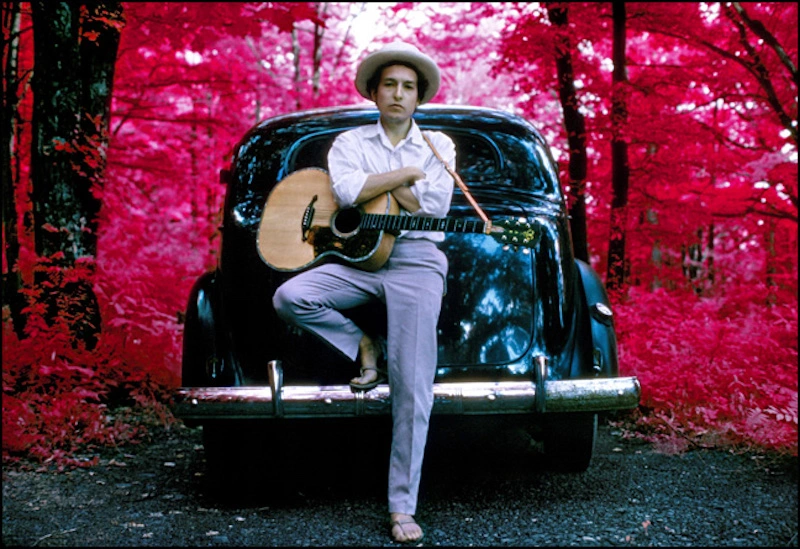
I believe in relying on the kindness of chance or the serendipity of the moment. There’s a line from the play “A Streetcar Named Desire” by Tennessee Williams where a character says, “I depend on the kindness of strangers.” Similarly, I depend on the kindness of chance to guide me in my work and align with what I want to achieve. It’s not a passive process; it’s about being attuned to the opportunities that arise. I would sit there, feeling compelled to go to a particular place or side of the stage, and by chance, the musician would present me with the perfect photograph. It’s a combination of being connected, intuitive, and attuned to the energy or connectivity you mentioned in your question. It’s something that happens naturally when I capture a good photograph.
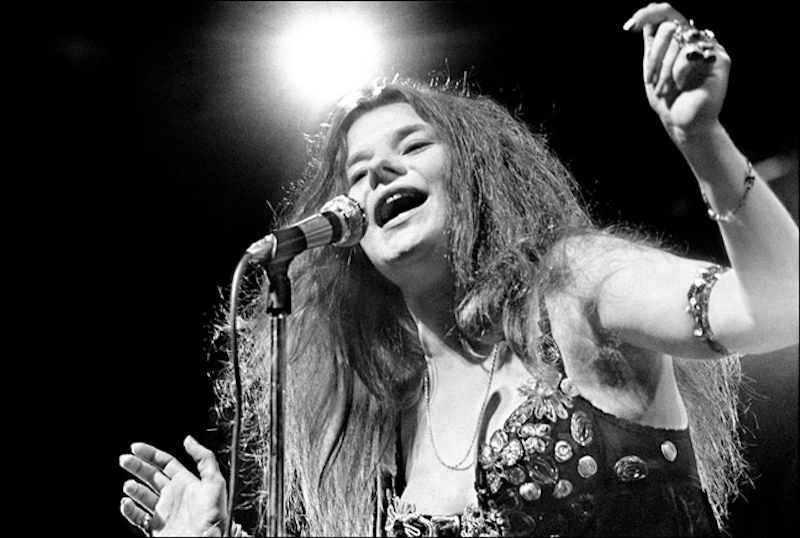
How did your personal connection with Janis Joplin influence the way you captured her through your photographs?
Well, I didn’t have a very deep personal connection with Janis Joplin, but we did have a friendly connection. The first time I met her was in 1968 at the Anderson Theater in New York City, which was the first concert I photographed. Back then, it was relatively easy to go backstage with my cameras because there weren’t many photographers there. Linda Eastman, who later married Paul McCartney, and I were the only two photographers present. There was no market or money involved in taking these pictures at that time, so it wasn’t highly sought after by professional photographers.
Our relationship was casual. We would talk about trivial things and never engaged in deep philosophical conversations. There was one occasion when Janis and her publicist, Myra Friedman, came to my apartment in New York City to look through my photographs for the cover of her Cosmic Blues album. Although they didn’t find what they were looking for, we had a pleasant time together. Another instance was when I traveled with Big Brother to Detroit and spent a couple of nights in a hotel. Throughout these encounters, our interactions were comfortable and relaxed.
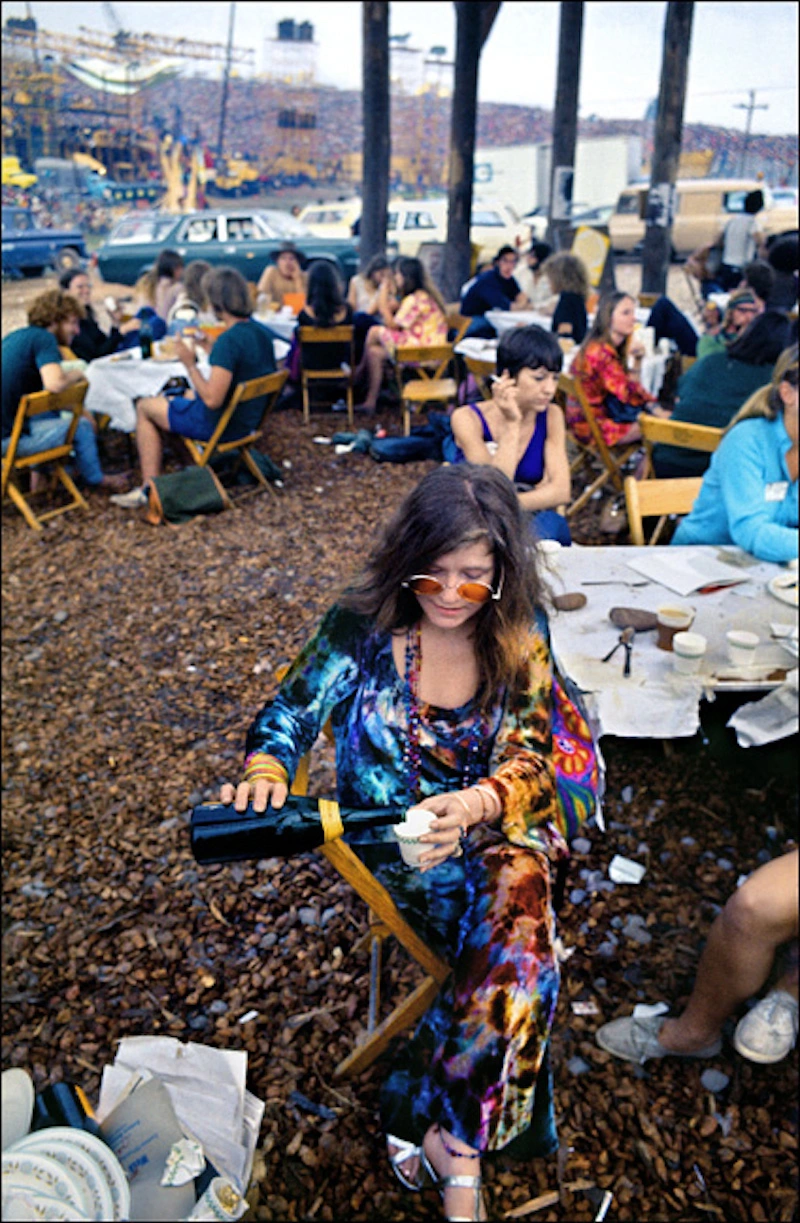
During Woodstock in August 1969, I happened to be backstage where the performers were, and I ran into Janis. We hung out, chatted, and took a few photographs. However, it wasn’t driven by an agenda to capture a marketable image or seek personal gain. I photographed her simply because she was there, to capture the essence of her presence. It wasn’t about her being a superstar; she was just a person to me, and I treated her as such.
Janis Joplin seemed to trust me because she sensed that I was genuine. As a musician and performer, she could intuitively perceive the intentions and authenticity of the people around her. She knew that I was there because I genuinely enjoyed being present and capturing the moments. My approach was driven by my own passion for photography, not external demands from magazines or commercial interests. A similar dynamic existed in my relationship with Bob Dylan and the band members. All I wanted was to capture a good photograph and be open to whatever unfolded naturally.
In summary, while my connection with Janis Joplin was not deeply personal, there was a sense of trust and comfort between us. It influenced my approach to photographing her and other musicians, as I focused on capturing their essence and genuine presence rather than fulfilling any specific agenda or expectation.

How does your philosophy of finding joy in the connection with subjects, rather than relying on post-processing, influence your approach to photography?
Yes, post-processing and my personal involvement in printing and book-making definitely have an impact on the final outcome of my photographs. When I make prints, I am always present and meticulous in ensuring that the photograph looks and feels good to me. Even now, although I have assistants who work with computers, I oversee the process and make final adjustments such as brightness, darkness, color balance, and overall quality. The same applies to my books. Nowadays, I control the quality of the photographs and how they are presented. If they don’t meet my standards, I redo them until they convey the desired aesthetic.
The prints and books that people see are filtered through me, capturing my inner vibration and intention. When viewing my work, whether it’s the tones, composition, or overall feeling, individuals are experiencing the essence of who I am as an artist. That’s why some people resonate with my photographs and express how they have been influenced by them. It’s not necessarily because of the subject matter, but rather the overall atmosphere, the emotional impact, and the way it resonates with their own sensibilities.

Composition is vital to me, and I often take multiple photographs in quick succession to capture subtle differences in feeling. These slight variations can have a significant impact on the overall experience of an image. For example, in my second band album, the cover photograph was chosen from a sequence of frames. However, I mistakenly published a different frame on my website, and someone pointed out the discrepancy. Upon comparing the two frames, I discovered a subtle yet noticeable difference in the feeling they conveyed. This anecdote highlights the importance of paying attention to how a photograph makes you feel.
My advice to people when choosing photographs is to trust their feelings. When looking at similar images, pay attention to the emotional response they evoke. Rather than overthinking it, a truly impactful photograph should hit you in an immediate and intuitive way. You should have a strong gut reaction that resonates with you on a deep level. Of course, there can be multiple excellent photographs within a series, but the ones that truly stand out evoke that sense of “wow” without needing to rationalize their quality.
Ultimately, the involvement I have in post-processing and the creative control I exert over my prints and books is driven by a desire to ensure that the vibration, feeling, and beauty of my photographs are accurately conveyed. I prefer to maintain this level of control because it allows me to maintain the integrity of my artistic vision. While I am open to collaborating with skilled photo editors and designers who can enhance my work, my primary goal is to preserve and communicate my artistic essence through the final output.
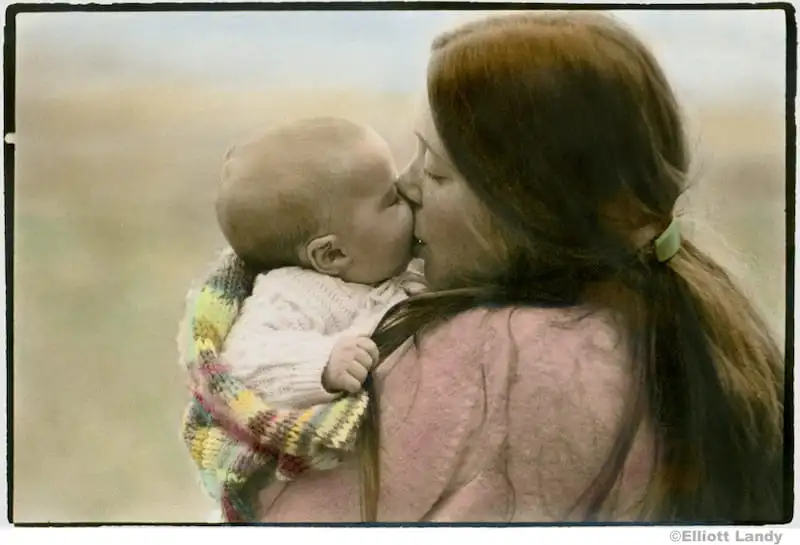
What do you hope people take away from your photographs, and how do you want your images to resonate with viewers?
When people view my photographs, I hope they can experience the same vibration, feeling, and sense of beauty that I have when I capture those moments. When I’m taking a picture, I am drawn to what I find visually pleasing, and I don’t capture images that I dislike or see as negative. I don’t take pictures with the intention of showing how bad something is; that was more common when I photographed peace demonstrations many years ago. Now, my focus is on capturing moments of love and beauty.
In particular, I have done a lot of photographs featuring children, mother-child relationships, and other gorgeous subjects that haven’t received as much exposure. I hope that when people see these images, they can feel a sense of love and carry that feeling with them. Experiencing love in one’s life is transformative and enriching, much like consuming good food. It becomes a part of who you are.
One of the reasons people have expressed admiration for my rock and roll photographs, particularly those of Janis Joplin, is that they believe I have captured the ecstatic feeling that Janis embodied when she performed. She wanted people to feel good, to connect with themselves, and to be free from societal constraints when listening to her music. She aimed to break cultural prisons and encourage people to be who they truly wanted to be, uninhibited and authentic.
Does this interview inspire you?
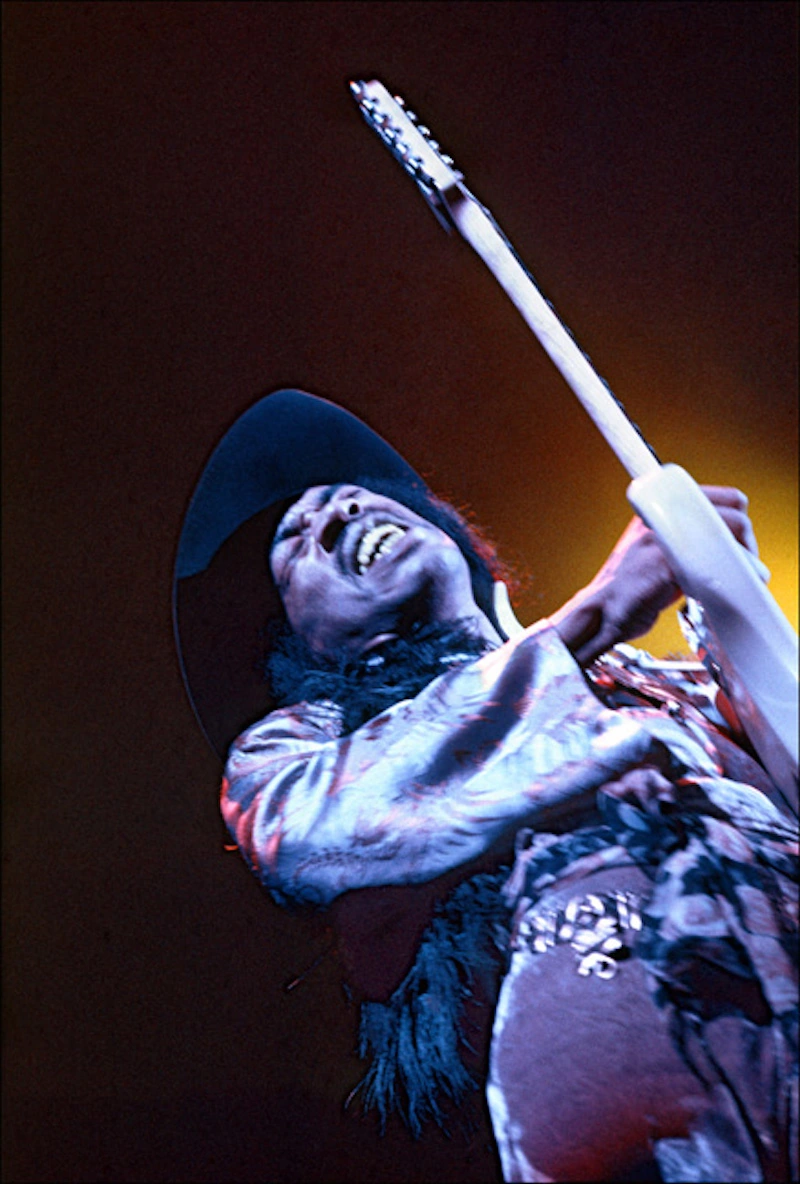
For me, the thrill lies in knowing that the photographs I’ve captured, not only during the rock and roll era but also in other contexts, can evoke a sense of eternal beauty. Love, in its essence, is a connection to the energy of life itself. It’s the pure feeling you experience when you hold a newborn baby or young child. It’s difficult to put into words, but that’s what love is about, and that’s what life is about.
As we grow older, we are often taught to suppress our natural inclinations and conform to societal expectations. We are told what not to do and how not to be. However, love allows us to embrace freedom, joy, and authenticity. I recall a beautiful example of this when a friend’s young daughter accidentally dropped a coloring book into her mother’s pasta at a restaurant. Instead of scolding her, the mother handled the situation with love and acceptance, understanding that the child was simply exploring and having fun. Love is about nurturing that sense of freedom and allowing people to be themselves without judgment.
In summary, I hope that when people engage with my photographs, they can experience a moment of love and carry that feeling with them. Love is a powerful force that connects us to the essence of life and helps us break free from the constraints of societal norms.
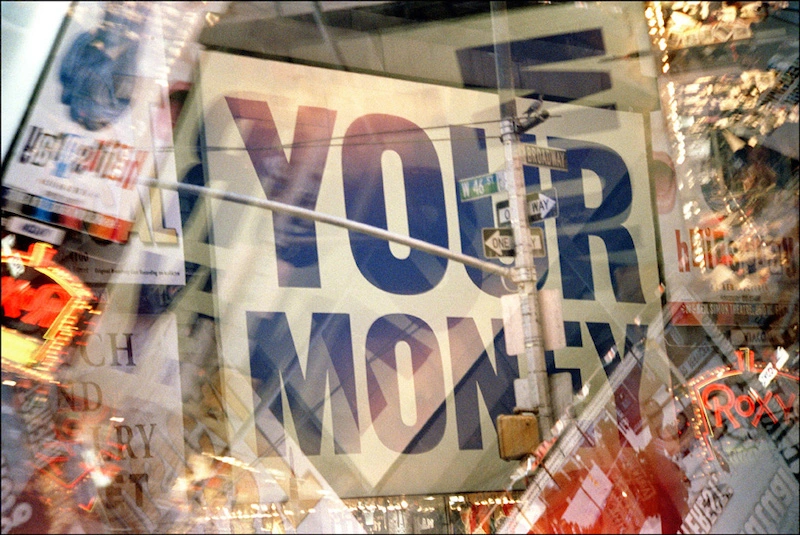
What motivated your transition to new subjects like photographing your own children and creating impressionist flower photographs, and how did they influence your artistic expression?
After photographing rock and roll, I reached a point where I no longer wanted to continue in that direction. Despite others telling me I was at the top of my game, it didn’t excite or interest me anymore. I believe that as an artist, it’s essential to constantly explore new territory and create something different from what has been done before. I had already captured the essence of musicians and concerts, and I felt I had learned what I needed to learn from that experience.
When my wife became pregnant, I naturally started photographing her during her pregnancy and later focused on mother and child subjects. I found great beauty in those moments and wanted to convey the importance of family and the deep connection between a mother and her child. It was a way for me to express my belief that love and connection are fundamental to being human.
I felt that many men, in particular, were often too preoccupied with their jobs and neglected to prioritize their families. Through my photographs, I wanted to highlight the beauty and significance of these familial bonds and encourage people to cherish those experiences in their own lives.
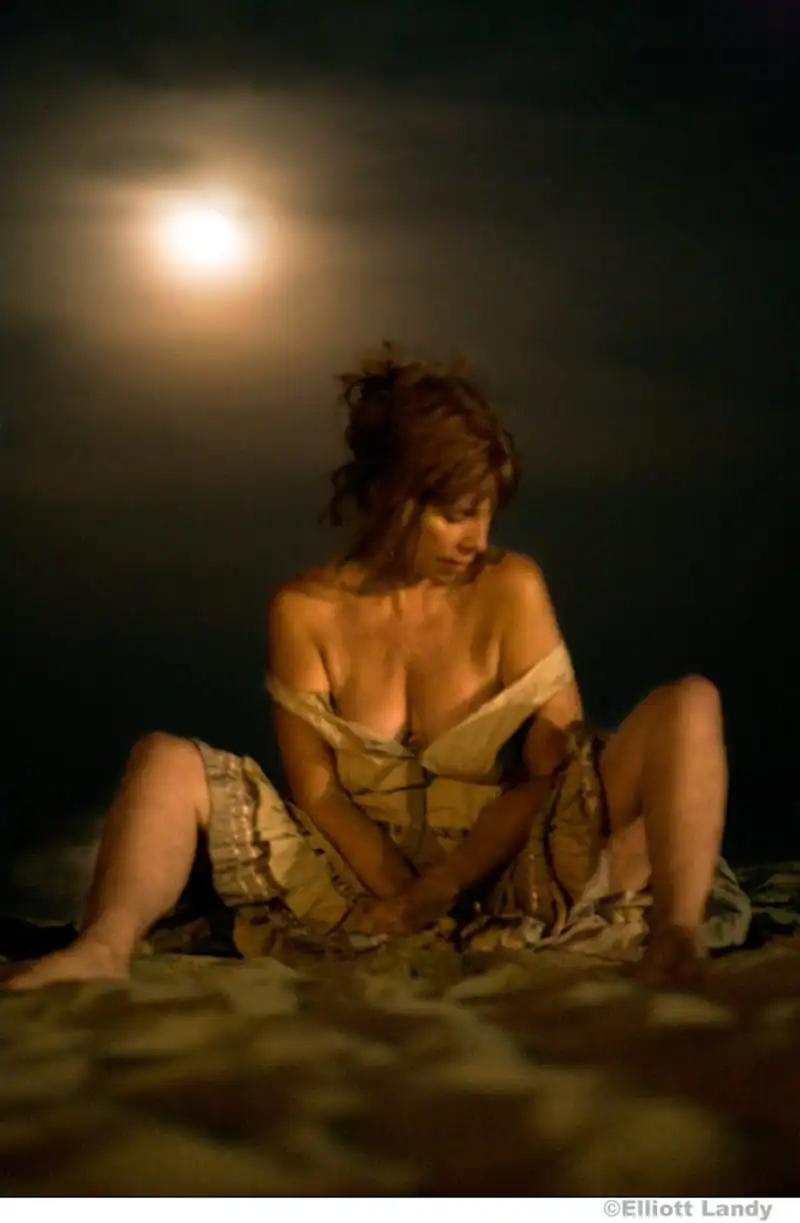

What camera and equipment do you typically use for your photography?
In the 1960s, I primarily used Nikons and Leicas for my photography. I started with a basic Nikon camera, but quickly realized its limitations when I wanted to capture specific shots, such as lights on the water from a ferry or people on a boat. I needed a camera that allowed me to look down and shoot discreetly. So I upgraded to a Nikon that allowed for that angle of shooting. I also had two Nikons and Leicas during that time.
During the rock and roll era, I relied on Nikons and Leicas for my photography. I never used behind-the-lens exposure meters and always used a separate handheld exposure meter. However, in 1971, my wife and I decided to leave the United States due to the Vietnam War and the cultural climate. We wanted to find a better place to live and raise our child.
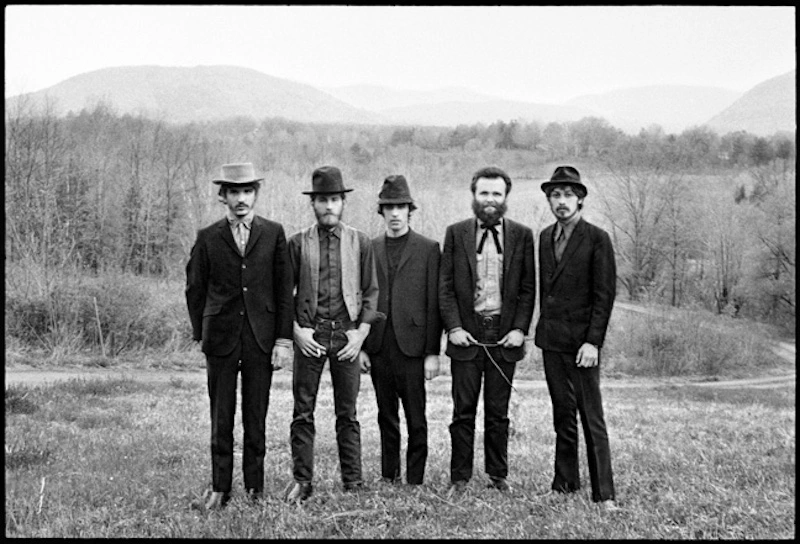
As we embarked on this new chapter, I sold all my cameras and opted for a Konica camera with automatic exposure and a zoom lens. This simplified my equipment to one camera body and two lenses, which allowed for more convenience. I used this setup for several years while living in Europe. Later, I switched to using Olympus single lens reflex cameras due to their small size and comparable quality to the Nikons I had used before. I found them to be lightweight and suitable for my photography style, as I prefer convenience and freedom of movement.
Eventually, I transitioned to Canon cameras when they introduced electronic shutters and improved functionality. I appreciated the ease of shooting and being able to preview images on the screen. As digital cameras became more prevalent, I continued using Canon until recently when I switched back to Olympus digital cameras. The compact size and lightweight nature of the Olympus cameras, combined with advancements in artificial intelligence, allow me to achieve the prints I desire without the need for heavy equipment.

Could you provide us with more details about your upcoming exhibition around the Arles photo festival, and what do you believe is the secret behind your ability to continuously reinvent yourself throughout your career?
Certainly. I started using a camera that has built-in filters with various effects such as making the image pink, adding stars, or giving it a sepia tone. These filters allowed me to alter the image in different ways, including creating a painterly effect. Initially, I had these filters for years but didn’t find them appealing. However, around four years ago, I began using one of these filters and slowly realized how incredible the photographs could look.
Last year, when I returned to France, I took many photographs using these filters. I fell in love with the results, as they had a unique quality that I didn’t create intentionally. The lighting conditions and the filter itself played a significant role in the outcome. I tried to purchase cameras with similar filters, but I couldn’t find any that produced the same softness, color, and balance that I achieved with my specific camera. So I have a one-of-a-kind camera, which I cherish.
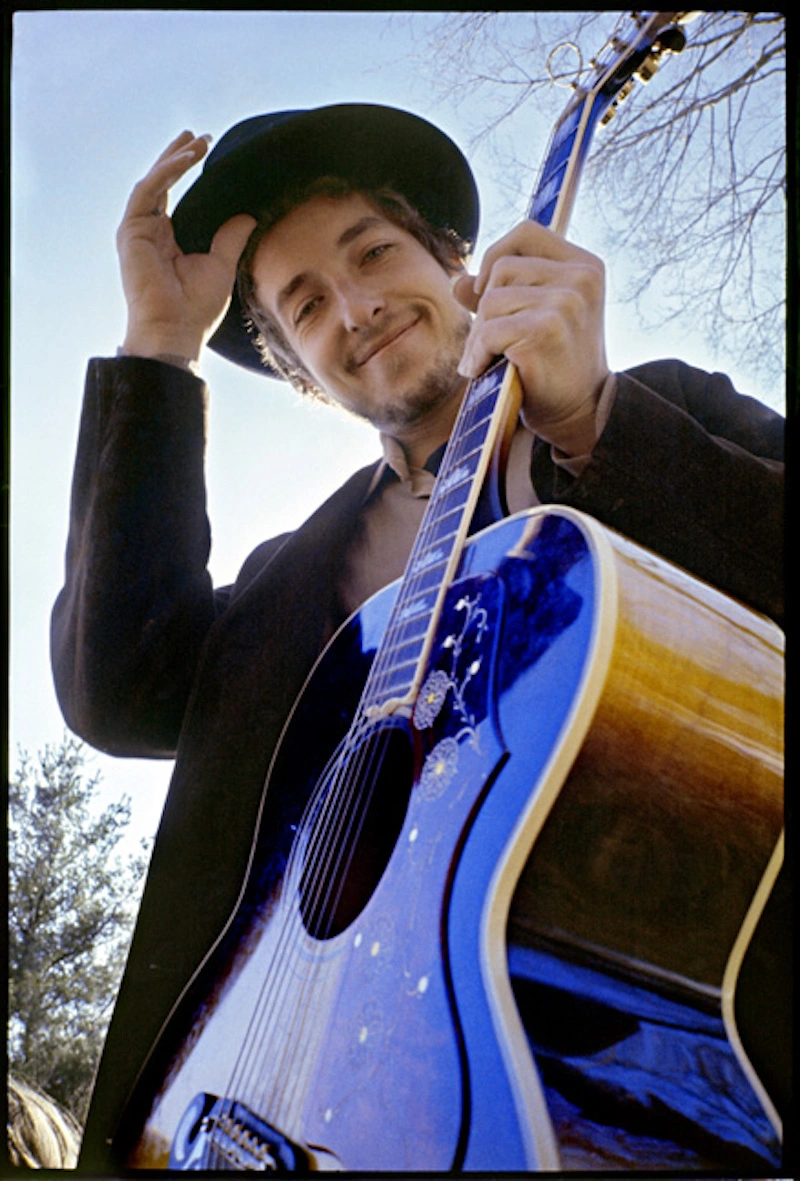
The process involves using a long lens equivalent to 600 millimeters, which allows me to capture people from a distance. This introduces an element of chance, as people move quickly, and others may walk in front of them while I’m taking the photo. Sometimes, part of a face may be cut off or other unexpected elements appear, creating intriguing compositions. I rely on the partnership between chance and myself, finding excitement in the unpredictability and capturing those unique moments.
These pop color photographs are unaltered by Photoshop and represent the original images captured by the camera. I gave them the name “pop color photographs” and found them to be an exciting new direction for my work. I believe that the quantity of pictures taken doesn’t matter; it’s the quality of the photographs that counts. I select the best ones to show to people while keeping the rest hidden.
For the exhibition, I print these photographs on canvas and give them a painted appearance. I’ve carefully chosen a canvas material that has no optical brightness, ensuring the colors won’t fade over time. The prints have rich colors comparable to the best papers I’ve used. Currently, I print them at a size of 12 by 18 inches, but I plan to create larger versions in the future. This exhibition will take place at the Hotel Calendal, located across from the Roman Theater in Arles, France, from June 27th to September 30th.
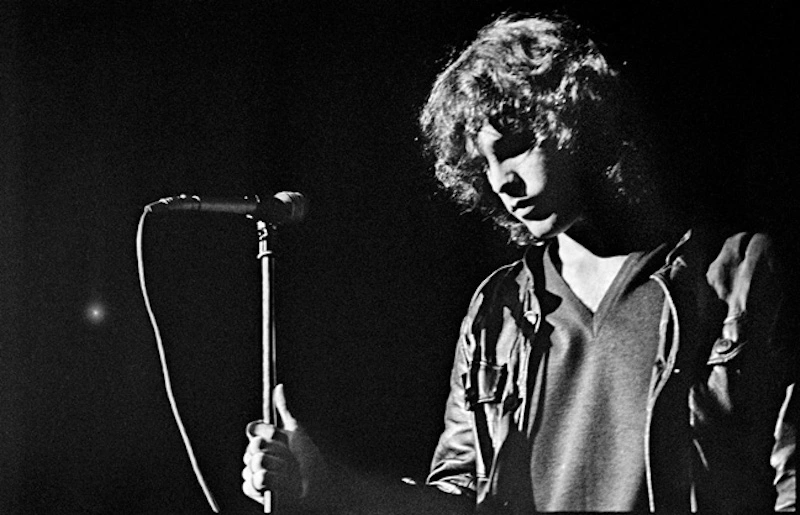
How do you feel the field of photography has evolved since your early days, and what advice would you give to young photographers?
That’s an interesting question, especially because I’ll be teaching a class soon. Initially, I thought about calling it spiritual photography, but the organizers at Omega Institute, where the class will take place, convinced me to focus on photographing what you love. So that would be my first advice to young photographers. Follow your passion and photograph subjects that genuinely inspire you. However, I understand that some people may be driven by the desire to make money from their photography, and that’s okay too. If that’s the case, then focus on that aspect and develop the necessary skills for commercial success.
Regardless of your approach, it’s essential to be respectful in your photography. Don’t photograph someone who doesn’t want to be photographed. But at the same time, you can assume that if you feel good about taking someone’s picture because they appear nice and you are conscious of not annoying them, have faith that it’s the right thing to do. If someone expresses their discomfort, be willing to delete the photo and respect their wishes.

In my own practice, I often offer to show people the photograph I’ve taken if they engage with me after I’ve captured the image. I don’t approach people before taking their picture; it’s more about capturing candid moments. Sharing that moment with the subject and involving them in the process can create a positive interaction.
So, my advice would be to photograph what you love and share it with others. Follow your intuition while photographing, allowing yourself to move freely and explore different perspectives. If you feel compelled to kneel down, turn around, or try unconventional angles, don’t question it—just trust your instincts. And if you need meditation or any other practices to connect with yourself and the essence of life, that’s beneficial. The more in touch you are with yourself and the world around you, the better your photographs will become because you’ll be capturing and sharing the essence of life in a small window for others to experience.
